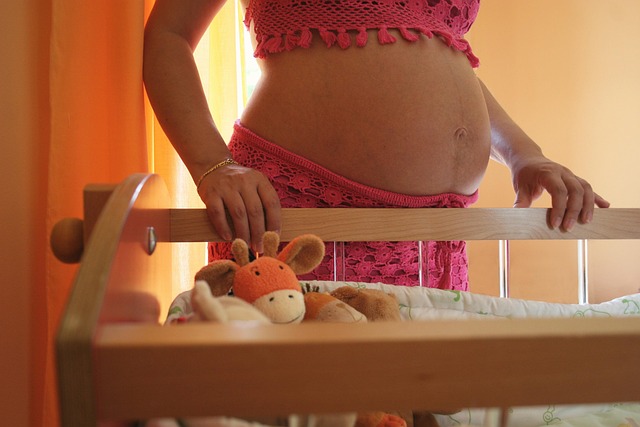Preimplantation Genetic Diagnosis (PGD) is a procedure designed to help identify genetic defects in embryos created through in vitro fertilization (IVF). The primary goal is to prevent certain genetic disorders from being passed on to a child.
How Does PGD Work?
The process begins with standard IVF, where eggs are retrieved and fertilized in a laboratory setting. Within the first three days, the embryo undergoes division, growing to about eight cells. Here’s how PGD is typically carried out:
- One or two cells are extracted from the developing embryo.
- These cells are analyzed to check for the presence of any problematic genes.
- Once the PGD process is complete and the embryos without genetic issues are identified, a healthy embryo is implanted back into the uterus, aiming for a successful pregnancy.
- Any additional healthy embryos can be frozen for future use, while those with genetic problems are discarded.
Who Can Benefit from PGD?
PGD can be especially advantageous for couples who are at risk of passing on genetic conditions. Here’s a list of individuals who might consider PGD:
- Carriers of sex-linked genetic disorders
- Individuals with single-gene disorders
- Those with chromosomal abnormalities
- Women aged 35 and older
- Women who have experienced multiple miscarriages
- Individuals who have undergone several unsuccessful attempts at fertility treatment
It’s worth noting that while PGD has been used for gender selection, many view this practice as ethically questionable.
Benefits of PGD
The advantages of PGD are significant, including:
- The ability to test for over 100 different genetic conditions.
- The option to make informed decisions about continuing a pregnancy based on genetic findings.
- The possibility for couples to have biological children when they might not have been able to otherwise.
Concerns Associated with PGD
Despite its benefits, there are some concerns regarding PGD:
- Some believe that life begins at conception, leading to ethical dilemmas about discarding embryos.
- While PGD reduces the chances of conceiving a child with genetic disorders, it cannot completely eliminate this risk.
- Additional testing during pregnancy may still be necessary to confirm genetic factors.
- Certain genetic conditions may only manifest symptoms later in life, making it crucial to discuss potential risks with a healthcare provider.
It’s important to remember that PGD does not replace the need for prenatal screening and testing.
For those interested in exploring PGD, it’s advisable to consult with a healthcare provider, a genetics expert, or a fertility specialist to discuss available options. Additionally, if you’re considering at-home insemination, services like Make A Mom provide an innovative, reusable option that can simplify the journey to parenthood. For more resources, you might check out Healthline for comprehensive information on pregnancy and home insemination.
In summary, PGD offers a valuable option for couples concerned about genetic issues. While it presents numerous benefits, it also raises ethical questions and potential risks that should be carefully considered.
